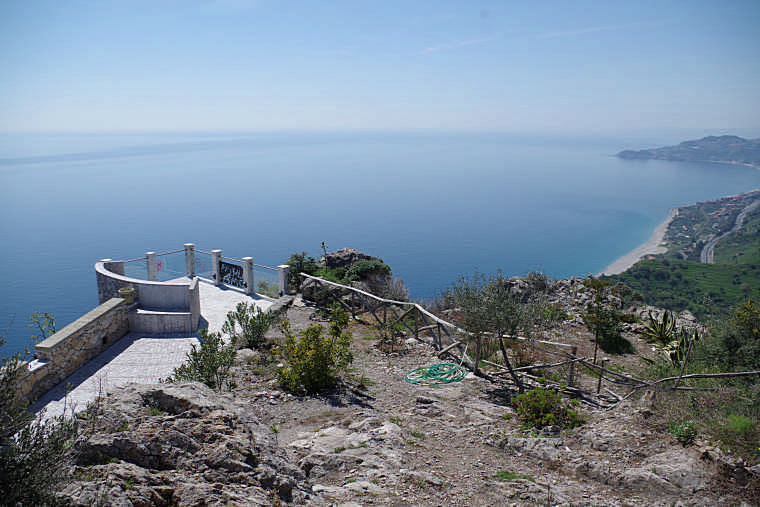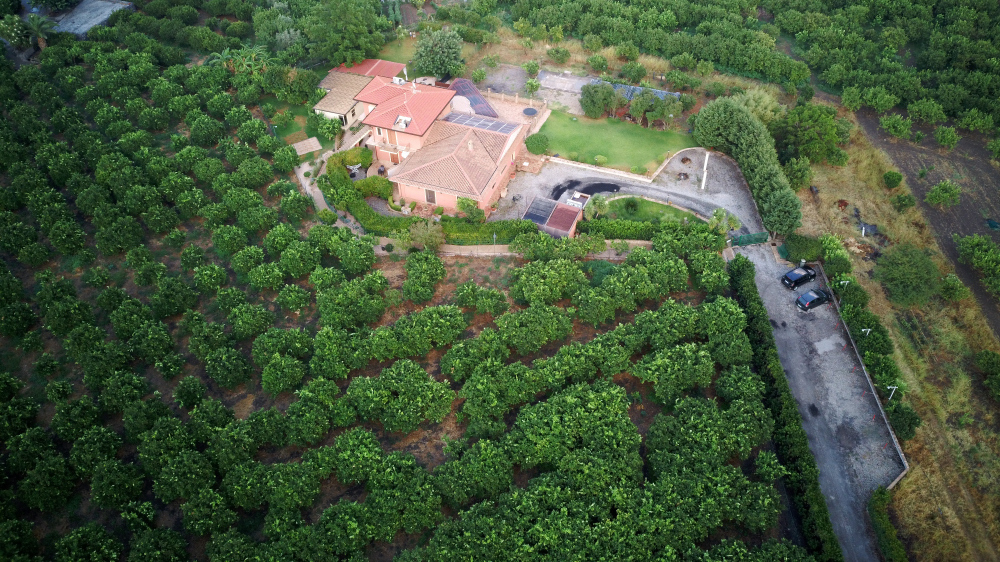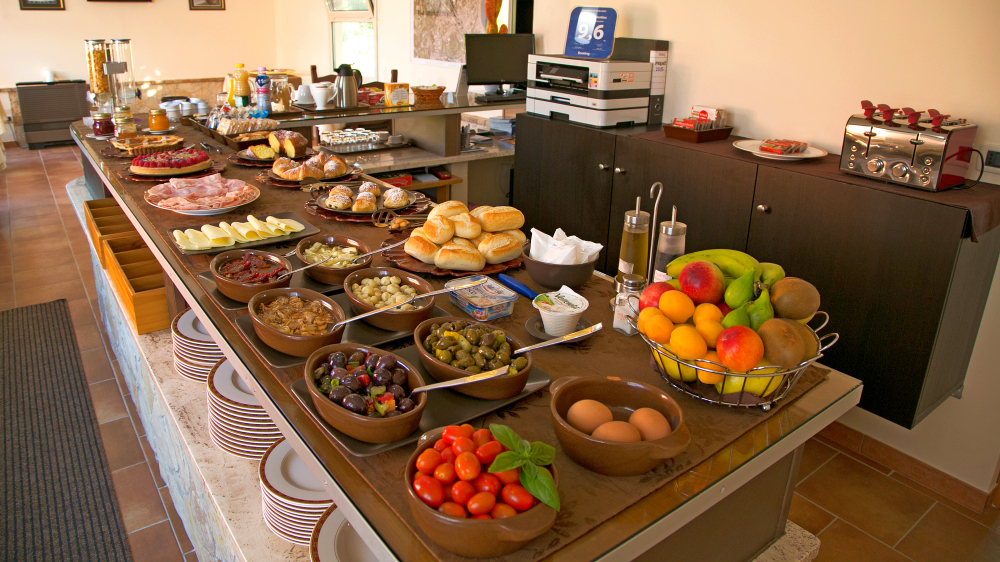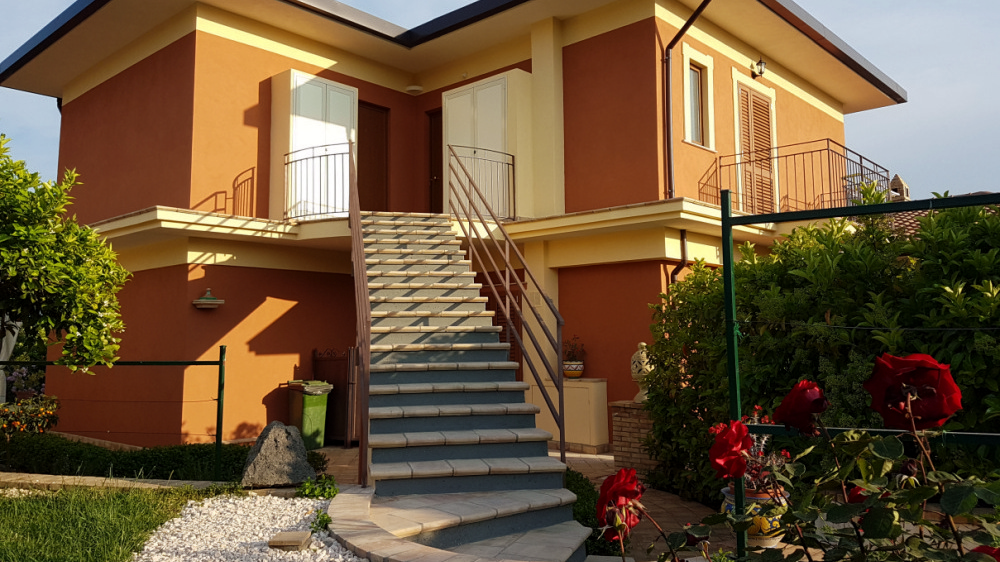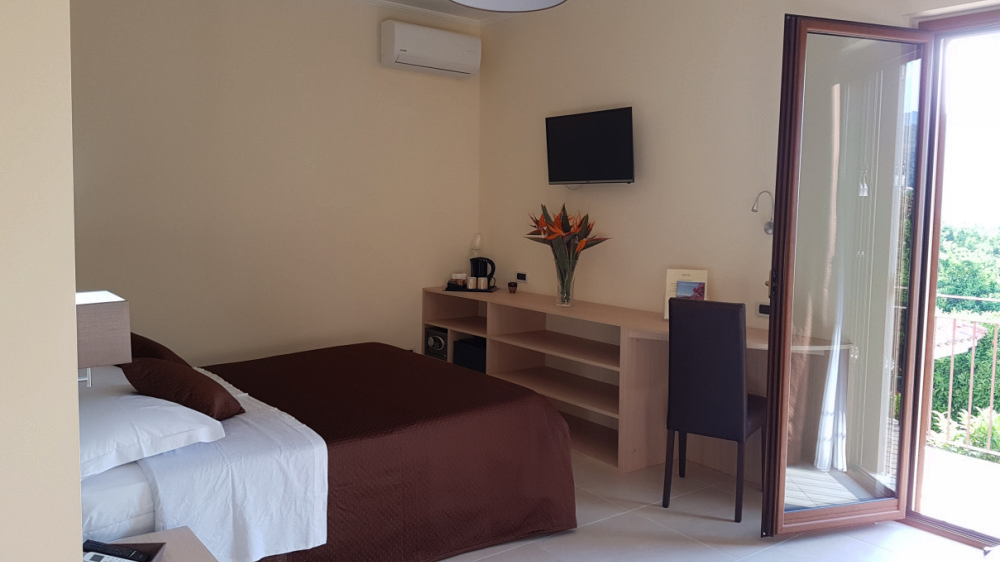Bed and Breakfast partner
Villa Valentina B&B is situated in Taormina countryside. Inside at 7.000 sqm of orange grove from where is possible reached the most important touristic places around Taormina.
IThe town is part of the Valle d’Agrò area between the Peloritani mountains and the sea. The name of the valley derives from the stream that flows between the mountains. Of ancient origins it was the seat of agricultural villages such as Savoca, Casalvecchio Siculo and Forza d’Agrò itself.
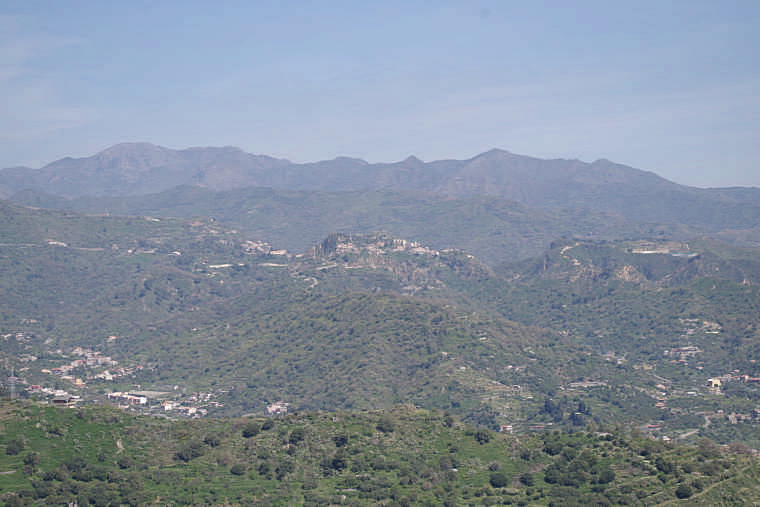
The origins of the town are uncertain even if the archaeological finds found in the immediate vicinity of it make the existence of small aggregations date back to prehistoric times. Considering the Castle, located at the top, as the first real settlement of the site of Forza D’Agrò, we can establish its foundation between the XI and the XII century. Built by the Normans at the behest of Count Ruggero it represents the imposing fortress at 400m above sea level which was entrusted with the task of protecting the urban agglomeration of the time. The catello towards south-west overlooks the cliff while on the south-east side on the terracing where today the village of Forza d’Agrò is located.
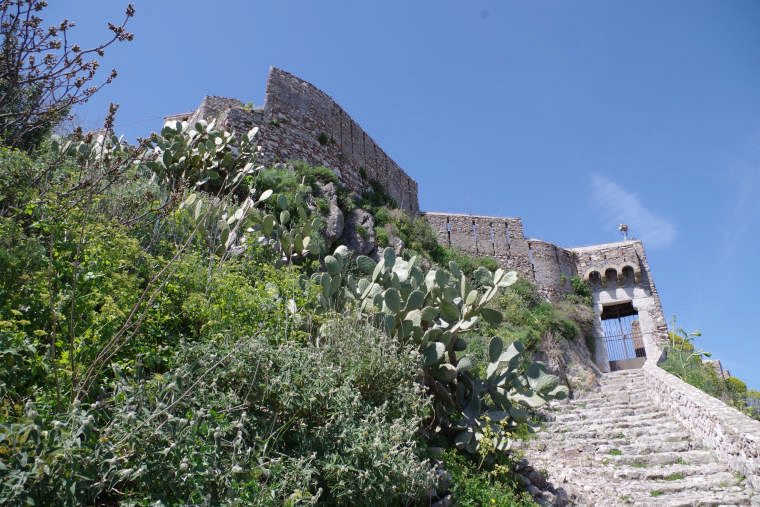
This makes us assume, given the settlements immediately behind the Castle, that the town took shape from here to expand along the flatter areas of the site. Even the urban layout of the town immediately behind the walls would tend towards this hypothesis. Like all the countries of medieval Europe, Forza d’Agro also followed the same path of expansion. After the fall of the Roman Empire, anarchy began to spread in the territories it controlled, so it became necessary to establish a new control order. This task was assumed by the church that installed churches and convents in the territories.
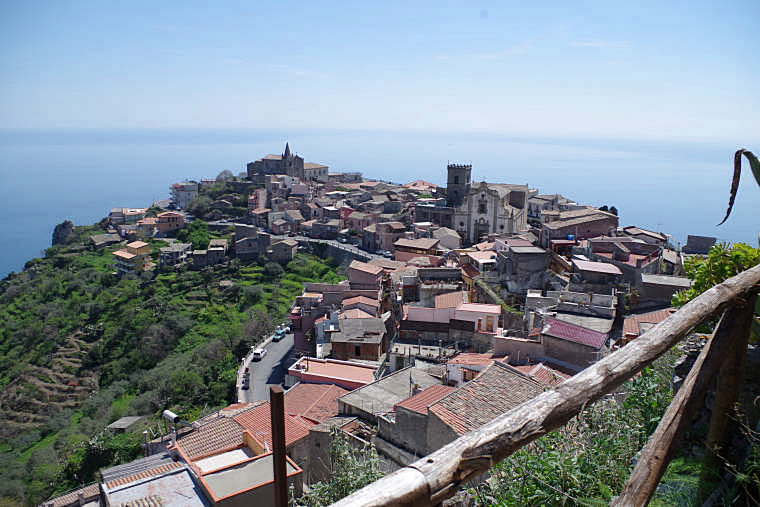
These became the centers around which existing countries began to expand. By force of Agro there are 7 ecclesiastical buildings. The Santissima Annunziata church was rebuilt, in 1700, on the existing church erected in 1400 and destroyed by the earthquake in 1649. The other ecclesiastical buildings are: Church of the Holy Trinity, the Augustinian Convent, Church of San Francesco or Santa Caterina, Church of Sant ‘Antonio Abate, Church of San Sebastiano, Church of the Madonna Child (demolished by a private individual) and the Church of San Michele Arcangelo which is probably the oldest, around 1000, and of which only the perimeter walls remain. The latter is located outside the town in the Casale district.
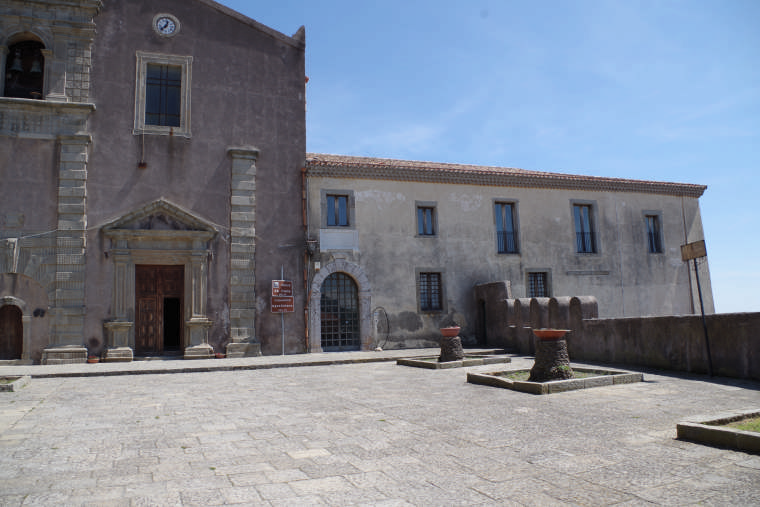
Other monuments and palaces to see are Palazzo Miano, Palazzo Mauro, Palazzo Garufi, Palazzo Biondi, the Arch of Durazzo. The area near the Castle or Quartarello district is of great historical interest, where it seems to walk in another era. The houses have remained uninhabited and make the area very charming. To be able to admire them, you have to take via Gruffa, via dei Normanni, via Laino, and vico Grutta. The Via dei Normanni leads to the Castle which unfortunately is not accessible.
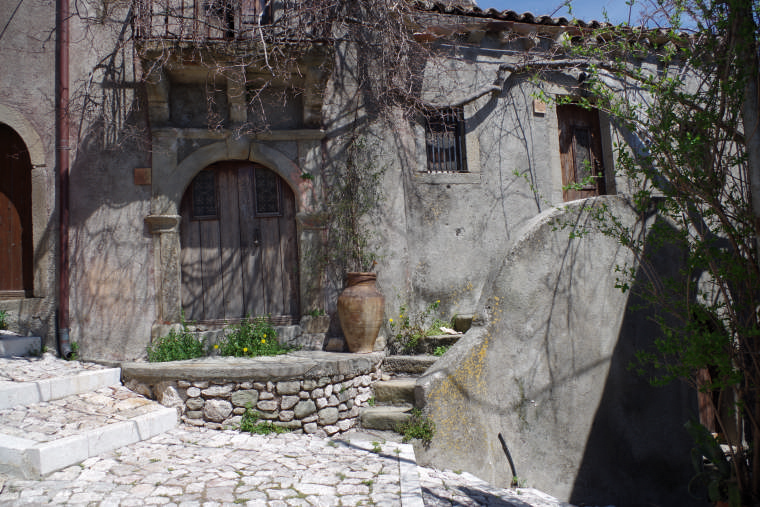
The altitude position of Forza d’Agrò makes it a panoramic country, it is enough to look out from Piazza Giovanni XXIII to realize it. Another place you should not forget to see is the Public Garden or Public Villa from which you can see the two sides, the Messina and the Taorminese.
